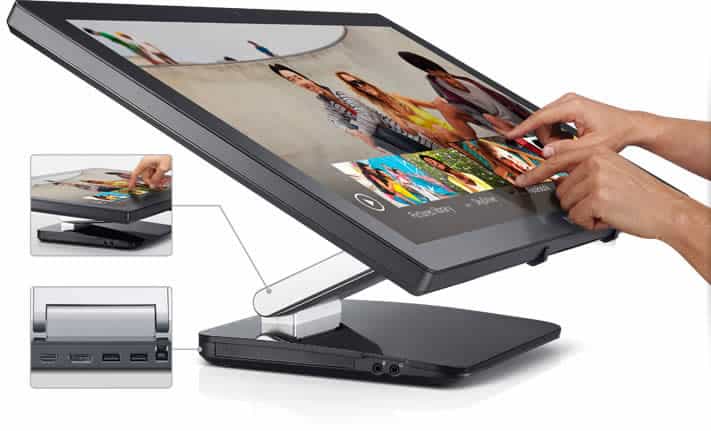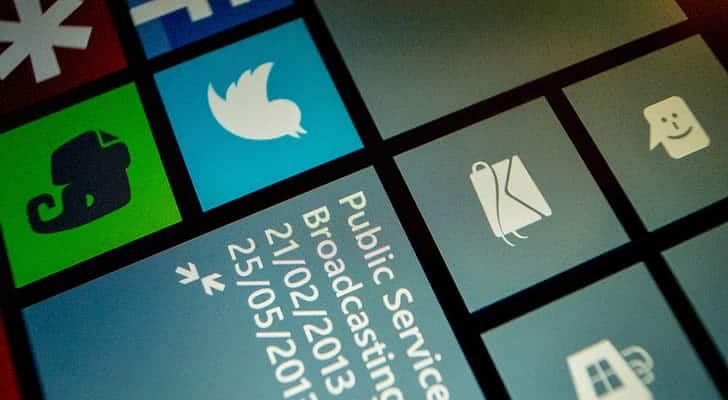
Touchscreen desktops are a surprisingly controversial subject. While the high tech community, like Microsoft, adopted a ‘yes we should because we could’ reasoning, many users strongly disagree. This has somewhat contributed to the sweeping dissatisfaction with Windows 8. Transitioning to touchscreen desktops is going to be a difficult process.
It is an understatement to say it won’t be worth it. Touchscreen technology, as any innovation in input technologies, has the potential to change and expand the way we interact with technology. The conflict seems to be about whether touch has the potential to replace other input devices. Ironically, this is actually not the primary goal or purpose of touch technology.
Touchscreen Desktops … The Naysaying!
There are a number of specific issues raised with touchscreen desktop computers. The inevitable flaw of using your display as an input device comes to mind immediately. Your hands block your view.
The main issue one sees when looking through tech blogs, however, is the dreaded “gorilla arm”. This particular issue is extremely common, and can be seen anywhere from the lowliest tech blog to the Scientific American.
Screens are vertical and usually located farther away, making it harder to use them. Clearly, humans will never overcome this obstacle, thus making touch technology pointless for laptops and computers. Steve Jobs himself said “Touch surfaces don’t want to be vertical”. But that didn’t stop Steve Jobs from using touchscreens, and it won’t stop Microsoft, or HP, or anyone else from jumping on the bandwagon.
The fallacy is at the heart of the idea that gorilla arm is some sort of major obstacle to the introduction of touchscreen technology for desktops and laptops. This is of course, if your display has any reason to be vertical. This is what a modern touchscreen desktop looks like…

…problem solved!
The Industry’s Stance on Touch
Obviously, a touchscreen computer will not be designed the same way as older models. Both the hardware and the software will be tailored to it. Manufacturers are already adapting the combined input and display device. This essentially means that you won’t be dealing with a raised screen that is parallel to your face. With Windows 8, Microsoft has adopted, perhaps a little prematurely, the stance that operating systems should assume all users will have a touchscreen interface.
We are moving away from the awkward phase of the first experimental touch screen surfaces. The user friendliness of touch will not be ignored.
Upgrading to Touchscreen Desktops
So when is it time to get touchscreen computers for your business? This question really depends on the nature of your business. If you have a company full of employees primarily dealing with spreadsheets and databases, this probably won’t help you at all.
Any less data-centered, less keyboard heavy work, however, can benefit from touchscreen computers. Perhaps the most obvious of these is the retail industry, which has already largely adopted it as a standard.
If your company relies heavily on young employees, you will find that, after growing up with iPads and iPhones, they will expect, and work better with, this type of technology. We’re not quite there yet, but when you find yourself teaching the masters of new technology to use your old tech, it’s time to upgrade. It will be a matter of a few years at most.
Most pressingly, however, is the simple fact that the industry is going to force you. Consumers want touchscreen technology, and unless you intend to start fiddling with Linux, operating systems will leave you behind.
Windows 9 is not going to be less touchscreen oriented than Windows 8. Running old programs on an old computer using an old operating system is no recipe for business success.

Changing the Customer Experience
In your business you can install touchscreen desktops which are highly likely used by everyone in ways that a traditional workstation is not suited for. Touchscreens are far more intuitive to use, and do not necessarily require a mouse and a keyboard. This means that you could set up a few touchscreen desktops for your customers to browse merchandise without putting your entire selection physically on display.
A digital display can provide detailed information to your customers without going through the extra cost of employing a knowledgeable sales representative, and at the same time, avoiding dissatisfied customers who have had a bitter experience through the sales representatives themselves.
Information can be made available to your customers on the spot. For example, the display will provide information such as which sizes or colors are in stock, and best of all, price comparisons with major competitors. This information can all be displayed to your customers at a tap on a screen.
Touch technology is not just for businesses though.
Touch will Change Computing
Touch is efficient. Surely you can currently do everything that computers do with a mouse and a keyboard. However, from a negative standpoint you have ten fingers whereas there is only one mouse pointer. Back in the 80’s when the mouse was first introduced, many people wondered why they would want that. Operating systems at the time were built so you could do everything with a keyboard, so why invent a mouse? It sounds like an absurd line of reasoning looking back.
How many people run a DOSBox out of disdain for the mouse? Operating systems and computers integrating touch will have new capabilities and programs designed to do awesome things, opening up a new frontier in our technology. So don’t panic. Because integrating touch will not mean removing other inputs unless they naturally fall by the wayside as our technology moves beyond them.
Want to learn more?
Are you interested in the intersection between UX and UI Design? The online courses on UI Design Patterns for Successful Software and Design Thinking: The Beginner’s Guide can teach you skills you need. If you take a course, you will earn an industry-recognized course certificate to advance your career. On the other hand, if you want to brush up on the basics of UX and Usability, try the online course on User Experience (or another design topic). Good luck on your learning journey!
(Lead image: Depositphotos)
